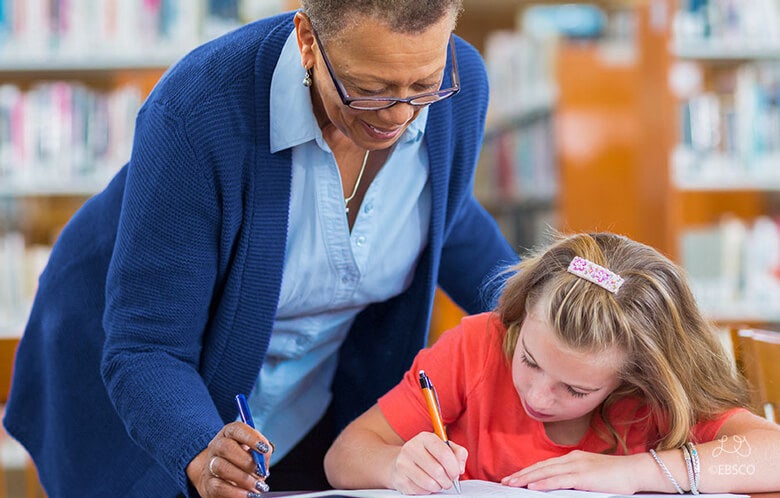School librarians must work harder than ever to prove their value to students, educators, administrators and parents. Although dozens of school library impact studies have clearly shown the positive influence of school libraries on student achievement, many school districts across the U.S. have cut school library budgets, often eliminating certified librarians in favor of hiring part-time aides or volunteers.
The American Library Association (ALA) launched the Libraries Transform Campaign to increase public awareness of the value, impact and services provided by libraries and library professionals. Libraries transform the lives of people in the communities they serve in copious ways. But libraries themselves have also transformed. Just as technology has transformed the content and programming of today’s libraries, the information needs of today’s students and educators have changed the scope of school librarianship.
“The information literacy role of school librarians expands beyond the basic literacy of reading to teaching students to access, evaluate, and use information, both within their academic environment and as citizens of a democracy” (Harlan, 2015, p. 54). This includes teaching the responsible use of technology. In an era characterized by the proliferation of “fake news” and “alternative facts,” digital and information literacy skills are now more important than ever.
In 2016, the American Association of School Librarians (AASL) — a division of ALA — updated its position statements for defining effective 21st century school library programs and the instructional role of school librarians to take the changing information landscape into account.
The information literacy role of school librarians expands ... to teaching students to access, evaluate, and use information, both within their academic environment and as citizens of a democracy.
The information literacy role of school librarians expands ... to teaching students to access, evaluate, and use information, both within their academic environment and as citizens of a democracy.
In addition to budget cuts, key challenges for school librarians include:
- The perception that books, libraries and librarians are no longer essential because the internet has all of the information students and educators need
- Failure to understand what key stakeholders (students, teachers, administrators, parents, community members) expect of the school library program
- Failure to include stakeholders in the process of defining the library’s mission or the instructional role of the school librarian
- Feeling isolated in your school library practice
To address these challenges, school librarians should engage not in “intermittent, one-shot communication blasts” but in a “deeper level of advocacy work and relationship-building that involves time, focus, and a plan of action” (Kachel, 2017, p. 50).
These ongoing advocacy strategies include:
- Building partnerships with influential stakeholders: Conduct surveys or converse with students, teachers, administrators and community members to find out what they expect from a school library program.
- Increasing the school library’s visibility through branding: Inform how your library is viewed by stakeholders by creating a unique brand. This includes drafting vision and mission statements and creating a voice and visuals that communicate the value of your library program.
- Mentoring teachers in technology integration: Empower teachers to develop proficiency with various technologies. They will become more confident and independent, and you may be able to count them among your most vocal champions.
- Seeking ongoing professional development and engaging with peers in professional organizations and networks: Look for professional development and online learning opportunities that target emerging technologies, resources and curriculum. Professional networks help librarians, especially solo librarians, feel less isolated in their practice.
Want to learn more? Download the white paper to read about how school librarianship has changed, challenges facing today’s school librarians and best practices for embedding advocacy into everyday practice.
References
Harlan, M. A. (2015). Literacy and media centers in the twenty-first century: School libraries. In S. Hirsch’s (Ed.) Information services today: An introduction, pp. 53-61. New York, NY: Rowman and Littlefield.
Kachel, D. (2017). The advocacy continuum. Teacher Librarian, 44(3), 50-52.
